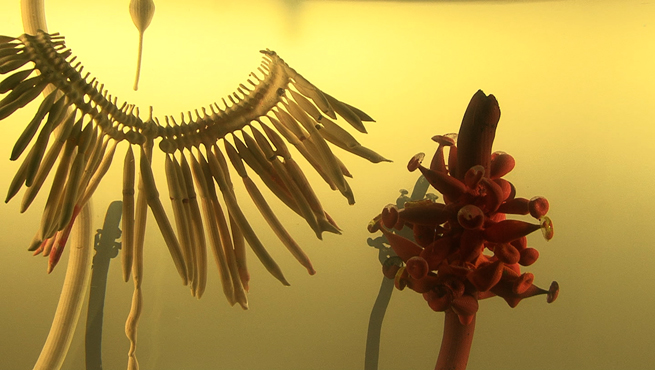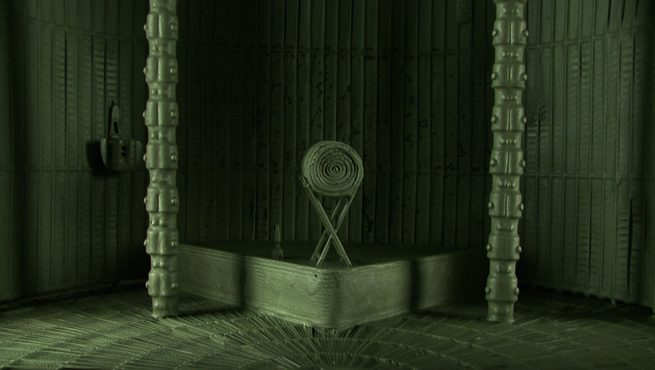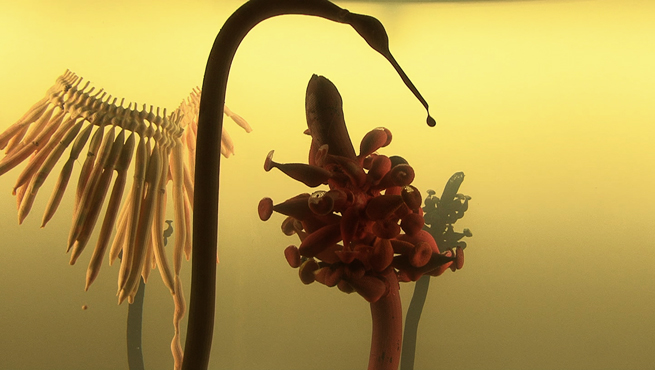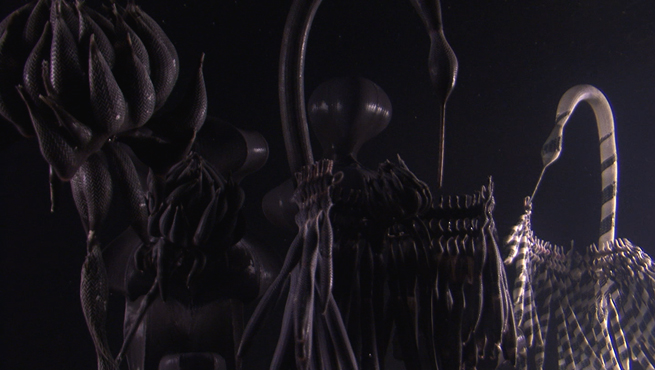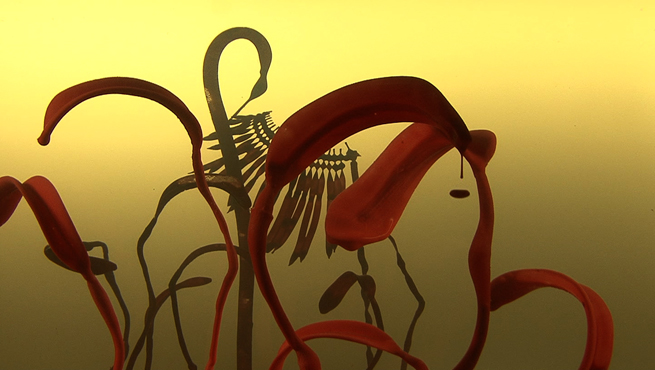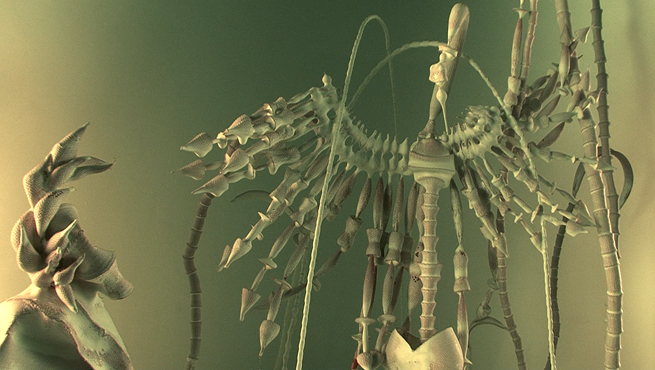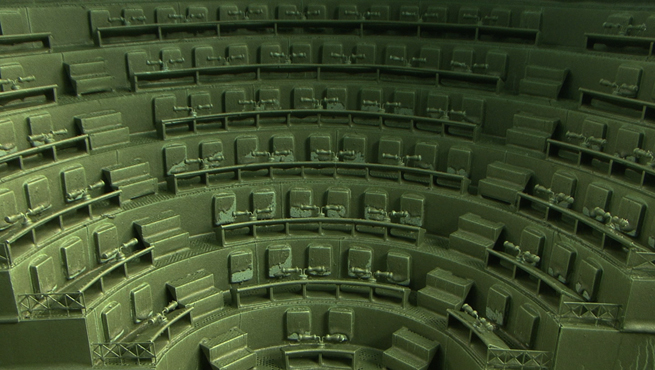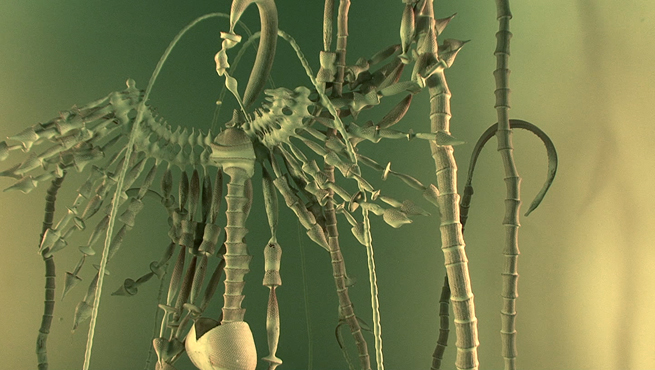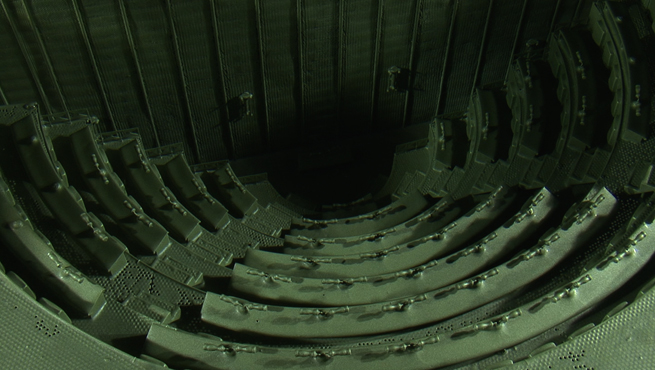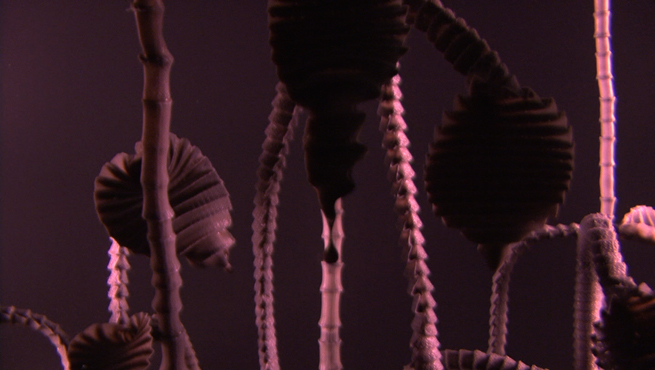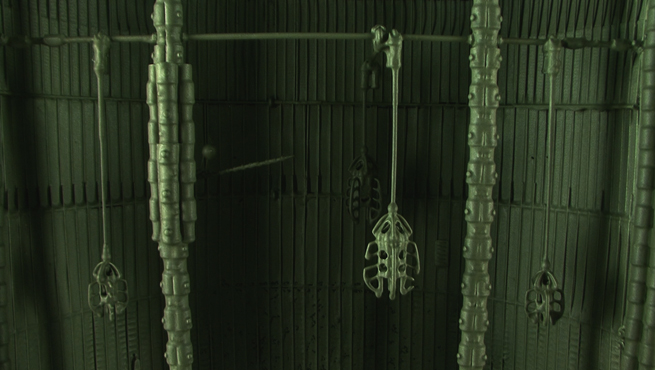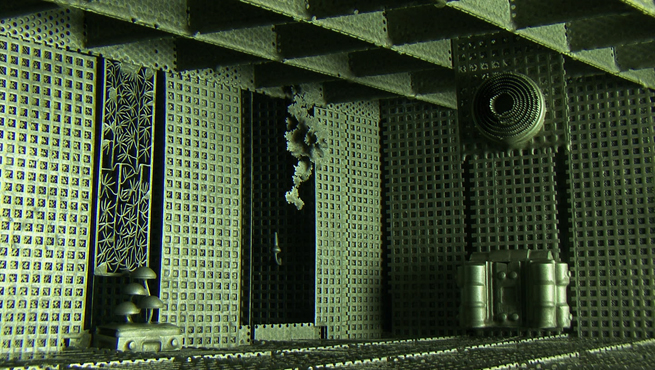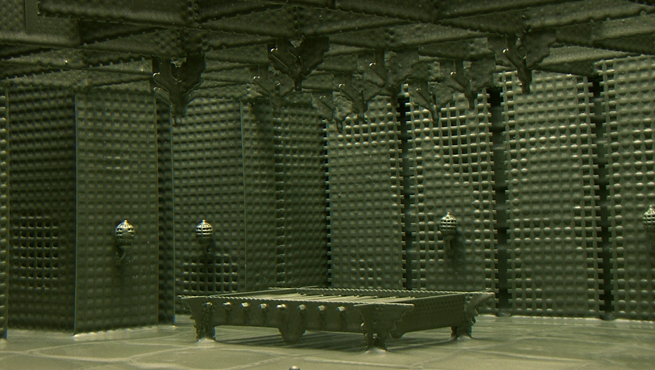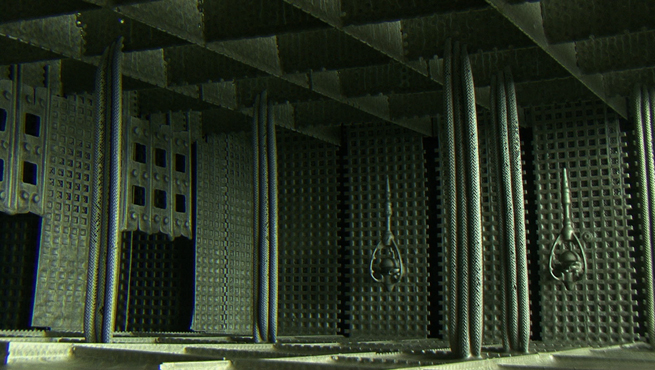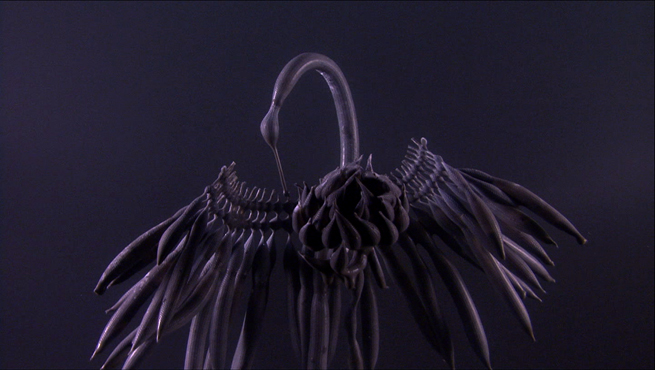Pareidolia
Pareidolia's narrative is based on the events surrounding the creation of Eugen Herrigel's book Zen in the Art of Archery, a popular book set in Japan in the 1930s that created a cult following in Europe during the post-war years. The German author's interpretation of Zen archery pivots on an incident he observed while living in Japan, the shooting of two arrows - one bisecting the other - by his eccentric archery master, Awa Kenzo, in a darkened hall. "It, the Divine, has shot!" the master allegedly exclaimed, yet the presence of a translator has since been disputed, raising questions of subjectivity, interpretation and belief.
Pareidolia is told from the point of view of a fictional translator between the master and his German apprentice, and the translator's alter ego, a bird, and their musings over hunting versus Zen archery and the creation of the popular book. The narrative's structure is modeled on Ambrose Bierce's manipulation of time in his short story An Occurrence at Owl Creek Bridge. The title points to the need for caution in storytelling: Pareidolia refers to the tendency of human perception to discover meaning in random structures. The film's visuals are shot inside model sets of a university lecture theatre, an archery hall and various traditional Japanese interiors that fold into themselves, alternated with animatronic birds drinking from dripping plants.
Saskia Olde Wolbers (Dutch, born in Breda 1971) lives and works in London and is a lecturer at Goldsmith University.
Pareidolia is told from the point of view of a fictional translator between the master and his German apprentice, and the translator's alter ego, a bird, and their musings over hunting versus Zen archery and the creation of the popular book. The narrative's structure is modeled on Ambrose Bierce's manipulation of time in his short story An Occurrence at Owl Creek Bridge. The title points to the need for caution in storytelling: Pareidolia refers to the tendency of human perception to discover meaning in random structures. The film's visuals are shot inside model sets of a university lecture theatre, an archery hall and various traditional Japanese interiors that fold into themselves, alternated with animatronic birds drinking from dripping plants.
Saskia Olde Wolbers (Dutch, born in Breda 1971) lives and works in London and is a lecturer at Goldsmith University.
Magazines
